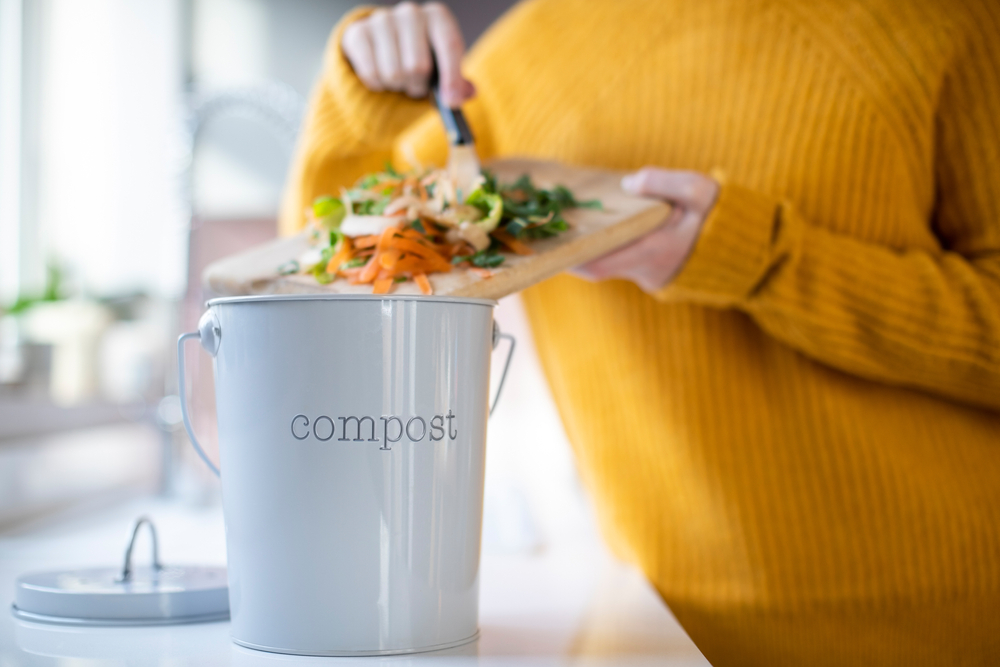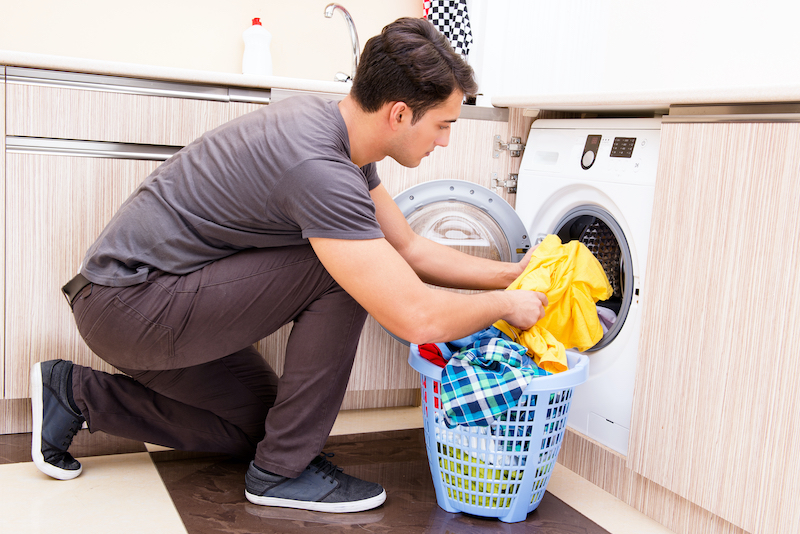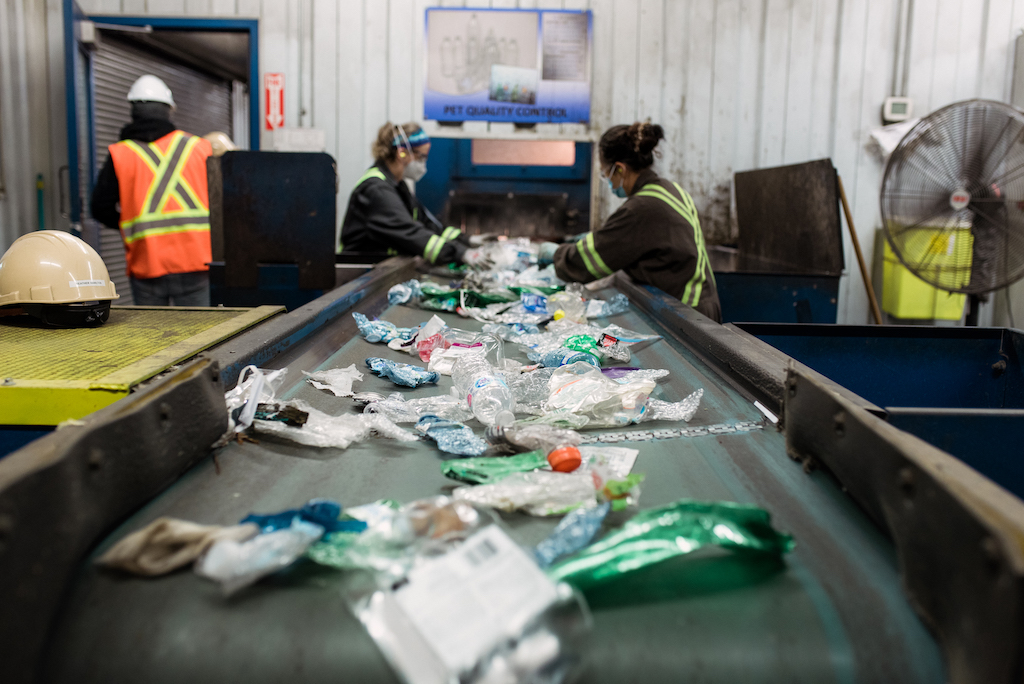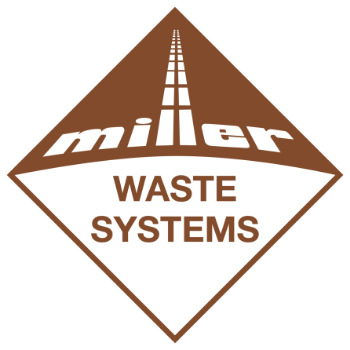If you’re looking for ways to incorporate sustainable habits into your daily life, but are unsure where to start, we’ve got you covered! You can make small tweaks to your eating, shopping, and recycling habits, that, when sustained over an extended period of time, make a significant difference to both the environment and your wallet!
1. Throw Less Food Away
Sustainable living goes hand-in-hand with conscious living. When it comes to reducing your household’s total amount of food waste, this means putting a bit more forethought into your weekly shopping trip and learning how to preserve the value of the food scraps that just can’t be avoided.
- Batch cook and prepare your meals: this will improve the odds that you’ll put all ingredients to use and help you keep a running tally of just how much food is available in your fridge at any given moment (so you’re not tempted to make last minute panic dash to the store).
- Learn to love leftovers. At the end of the meal, make it a habit of packaging your leftovers instead of scraping them into the compost when doing the dishes. Your future self with thank you!
- Compost correctly: when it comes to the inevitable pieces of food waste, like peels and cores, take the time to dump them into your compost or organic bin so waste management companies that convert them into liquid fertilizer and renewable heat and energy.
If you want more in-depth ways to reduce food waste, visit our blog, How to Reduce Food Waste.

2. Use Your Appliances Wisely
Another sustainability tip that’s equally beneficial to your wallet is tweaking the way you use your home appliances.
In the colder months, resist the urge to crank the dial up by covering the most travelled parts of your house with carpet, or wearing slippers indoors. Walking barefoot on cold flooring can lower your overall body temperature and contribute to that impulse to blast the heat.
During the day, rely on natural light rather than overhead lighting or lamps. Keep your blinds and shades open ( the natural light will lift your mood, too!) and consider swapping your incandescent and fluorescent bulbs to LED versions (your wallet will also thank you for this one). Also, try your best to turn off the lights when you leave a room.
Did you know something as simple as changing the setting on your laundry machine can not only reduce your environment footprint, but slash your energy bill and make your clothes last longer? About 85-90% of the energy consumed by your washing machine comes from heating water. Not only does it come with a higher price tag, hot water accelerates the setting of states, weakens clothing fibres, and fades colours faster than cold water? For your next cycle, you can probably get away with cold water for lightly soiled items.

3. Sort Your Waste at the Source
Understanding how to properly sort and dispose of your waste can significantly impact the environment. Even a small amount of leftover peanut butter in a container can contaminate other recyclables, rendering them unrecyclable and destined for landfills. Combat this by thoroughly rinsing containers before placing them in the recycling bin. This is a rising issue in Canada, with around 25% of recyclable materials placed into the recycling bin that are considered non-recyclable from contamination.
Additionally, educating yourself on the types of recycling collected in your region using the numbered system on recyclable materials helps ensure what you are placing in the bin is acceptable. If you need clarification on what this is, visit this tip sheet that outlines the meaning of each number.

At Miller Waste, we specialize in sorting your recyclable materials and can process 200,000 tonnes annually. Your help in correctly sorting your recycling can lead to less contamination and allow us to better process your materials for reuse.
4. Opt for More Zero Waste Measures
The final goal you can incorporate into your New Year’s resolutions is to shop with zero waste in mind. Shop in bulk rather than opting for individually wrapped items. Explore local zero-waste stores where you can use your containers to fill up on products. Visit thrift stores for affordable, second-hand clothing that contributes to the fight against fast fashion and its environmental impact.
Additionally, approximately 3.5 billion toothbrushes worldwide end up in landfills annually. Combat this waste by opting for sustainable alternatives like biodegradable bamboo toothbrushes.
While this list may seem overwhelming initially, incorporating a new sustainable resolution into your life each month can lead you to a green lifestyle sooner than you think.
